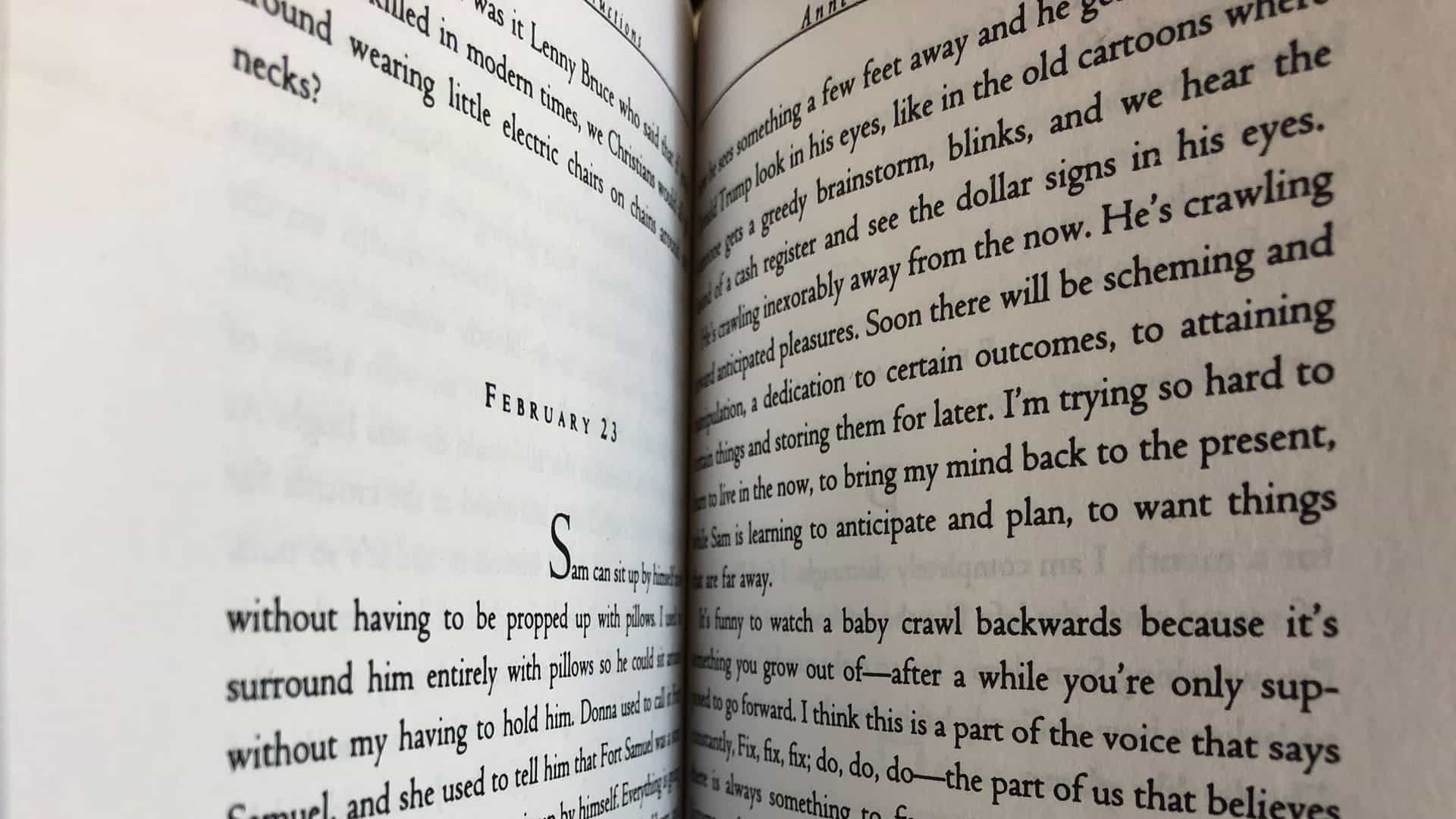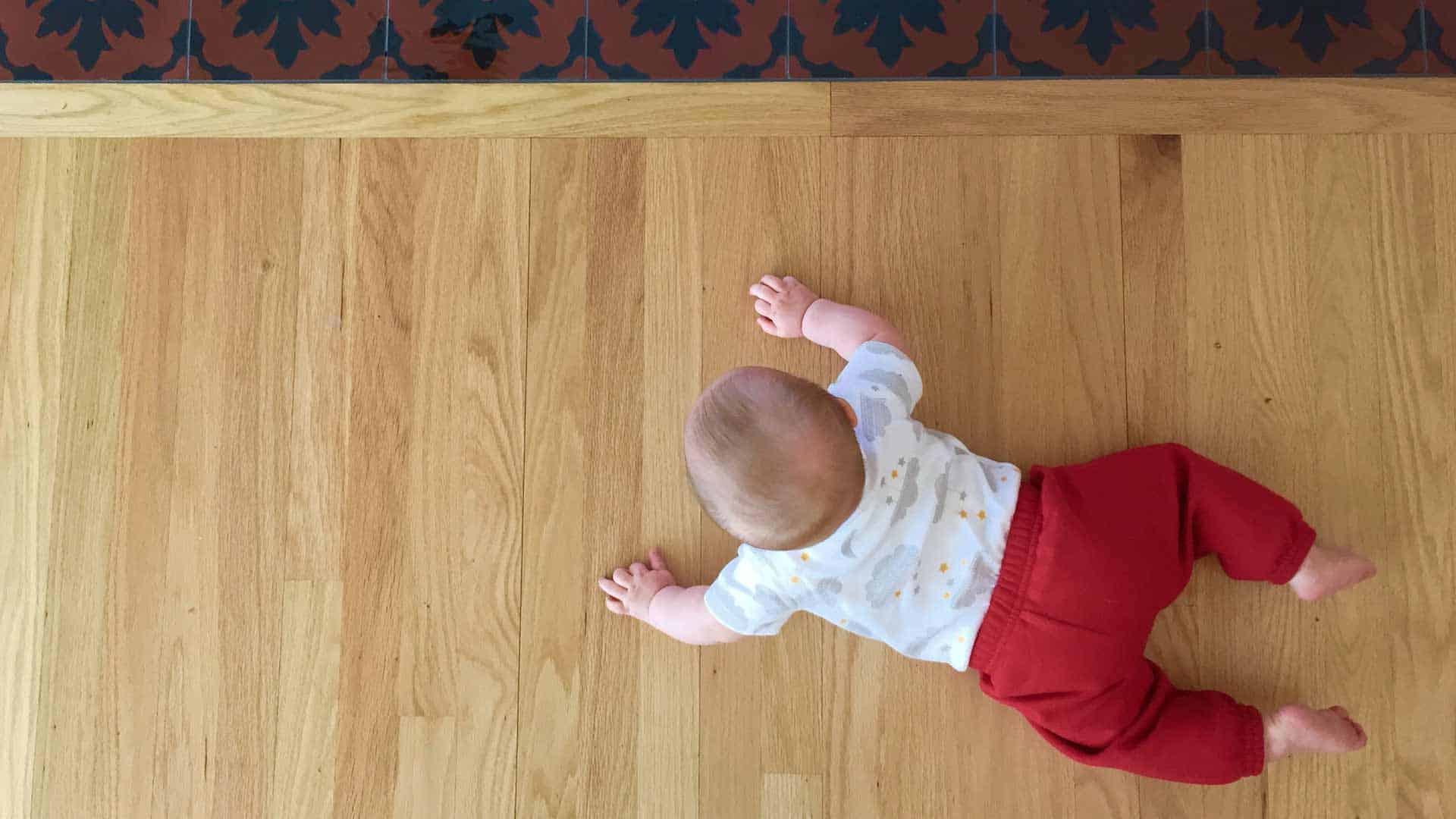
Remember that one ad with the farmer in the dusty field and the cooing baby that took your breath away? Remember what it was for? Or what it wanted you to do?
Yeah, I don’t either (but I guess beer, or maybe trucks?).
I would ask if you remember the ad that told you exactly what you needed to know but was so boring you didn’t read it…only I didn’t read it either….so…
When it comes to marketing—whether it’s an ad, an animation, an ebook—there are endless ways to miss the mark. Some agencies do striking but empty, while others do focused but bland. At 2A, we believe there’s a third option that uses creativity and strategy to captivate and connect.
A lens for bringing stories into focus
It’s natural to want to think of creative and strategic as synonyms for design and content, but that’s not how it works for us. At 2A, creativity and strategy come long before design and content. They fuse together to make a single inseparable lens through which we view our client’s situation.
You’ve probably experienced a right brain/left brain gridlock that ended in a compromise no one really wanted. Imagine instead a fluid progression of ideas in which creativity and strategy hone one another for the purpose of defining what needs to be accomplished and determining how best to bring it to life. By using them together, they can take you someplace new.
It’s creative strategy or strategic creativity or really some fused-hybrid thing all its own. It’s the foundation from which we build the content and design that come together to create a story.
An approach used by everyone
No one person owns our process at 2A. It’s everyone’s approach—our designers think strategically; our consultants get creative. While it may upend traditional agency roles, it’s who we are. It’s how we captivate and connect.
Ideas, words, pictures and the way they intersect matter to us. Let’s see what we can make them do for you.




